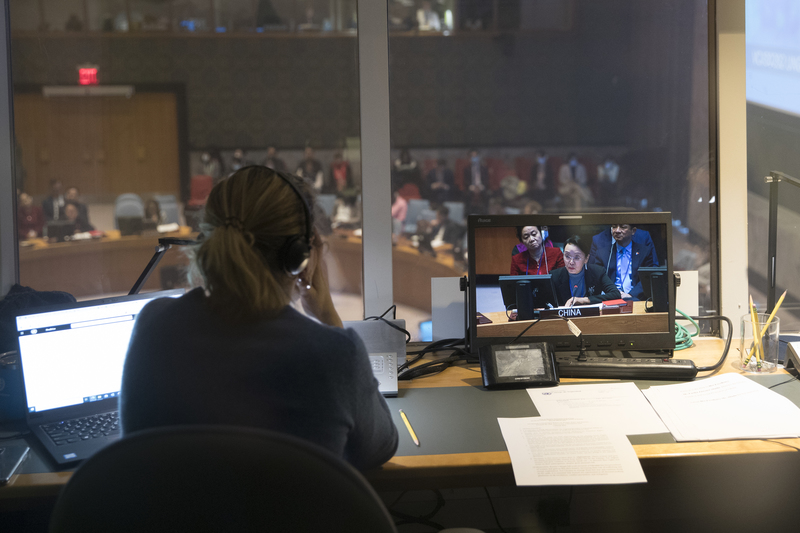The high school romance is a genre with universal appeal. Stories of first loves, navigating social hierarchies, and dreaming of the future are enjoyed in every culture. However, during the course of the adaptation of Chinese campus romances for an international audience, a unique challenge emerges. The social structure of a Chinese school is deeply shaped by the Gaokao—the fiercely competitive national college entrance examination—which stands in stark contrast to the American high school experience culminating in a celebratory prom night. The cultural pillars that support these narratives—the bānzhǔrèn (homeroom teacher), the zhòngdiǎn bān (advanced class), and the yìkǎo (art examination)—are not just plot devices but foundational elements of education in China. To make the core emotions of these stories universally understood, creators must analyze and thoughtfully localize these specific cultural contexts, translating their function and emotional weight rather than simply defining them.
The bānzhǔrèn, or homeroom teacher, is a prime example of a cultural element that requires careful adaptation. In many Western high school narratives, teachers are often depicted as secondary characters—mentors, occasional antagonists, or simply facilitators of the classroom. The bānzhǔrèn, however, holds a position of immense authority and influence. They are not merely instructors for one subject; they are the class's spiritual and academic guide. They are responsible for a student’s moral development, academic performance, and even their daily life, often acting as a surrogate parent who is intimately involved in everything from discipline to career counseling. This all-encompassing role is central to the drama of a high school romance. A secret relationship isn’t just a rebellion against school rules; it is a direct challenge to the bānzhǔrèn’s watchful eye and authority.
For a foreign audience, this dynamic might seem unusual. An effective localization strategy is to lean into the emotional weight of this figure rather than the specific title. The bānzhǔrèn can be regarded as a formidable yet often sympathetic obstacle. By presenting them as a high-stakes gatekeeper to a student's academic future, the audience can easily understand why a budding romance must be kept secret. The conflict becomes less about a cultural institution and more about a universal struggle between personal desire and adult expectations.
Another crucial component is the zhòngdiǎn bān, or "advanced class." In China's education system, students are often sorted into classes based on their academic performance. The zhòngdiǎn bān consists of the highest-achieving students and receives better resources, more experienced teachers, and intense pressure to perform well on the Gaokao. This creates a hyper-competitive, pressure-cooker environment where every interaction is tinged with academic anxiety. It's not just a class; it's a social stratum that can dictate a student's self-worth and future. The romance between a student in the zhòngdiǎn bān and a peer in a regular class becomes an embodiment of social and academic divides.
To make this concept accessible, the focus should shift from the specific class structure to the emotional toll of academic competition. The narrative can highlight the internal pressures of a key class student—the jealousy, the burnout, and the moments of shared vulnerability with a romantic partner who exists outside that pressurized world. Their romance isn't just about young love; it's a sanctuary from the relentless competition. This conflict, of finding solace in a relationship while battling the expectations of a high-pressure environment, is a universal theme.
Finally, the yìkǎo—the art examination—offers a parallel narrative path that is essential for a complete picture of Chinese school life. While the majority of students are focused on the Gaokao for academic universities, the yìkǎo is a separate, equally rigorous track for students aspiring to enter art, film, or music schools. This path often separates lovers, with one pursuing a traditional academic route and the other chasing a creative dream. For an international audience, the yìkǎo is easily understood as a student preparing a portfolio for an art school or auditioning for a prestigious conservatory. The story can explore the conflicts that arise from this divergence: the pushback from traditional parents who prioritize the Gaokao, the long hours spent practicing, and the fear of failure that comes with pursuing a less certain path. By using yìkǎo, the narrative can explore themes of sacrifice and the difficult choices young people must make between following their heart and following a more conventional path.
In conclusion, the unique elements of Chinese school culture—the bānzhǔrèn, the zhòngdiǎn bān, and the yìkǎo—are not obstacles to be avoided but rather opportunities for rich storytelling. By moving beyond simple definitions and instead focusing on the emotional and psychological functions these elements serve, creators can build narratives that transcend cultural boundaries.











